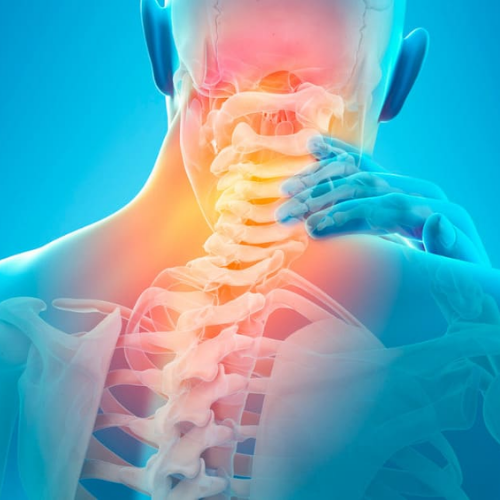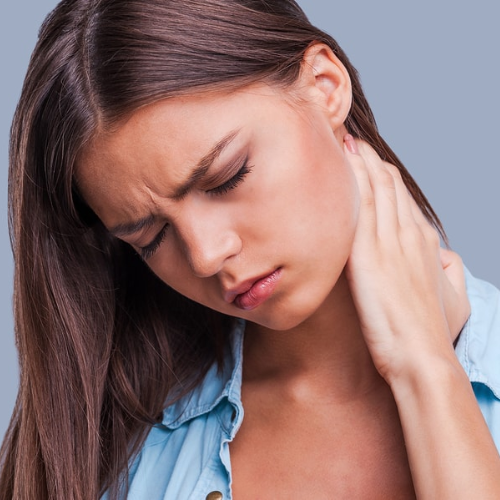Working Time
Book Appointment

Cervical Facet Joint Syndrome
Facet joints, formed by the superior and inferior articular processes, exhibit diarthrodial characteristics. A fibrous capsule, synovial membrane, articular cartilage, and menisci envelope each facet joint, with synovial folds contributing to pain.
Nerve Innervation
- Medial branches of cervical dorsal rami supply cervical facet joints from C3-C4 to C8-T1.
- Specific branches, like the third occipital nerve and articular branches, innervate the C2-C3 facet joint.
- Atlanta-occipital and Atlanta-axial joints receive innervation from C1 and C2 ventral rami.
Traumatic Causes
- Whiplash injuries, fractures, and dislocations leading to facet joint compression and capsular ligament strain.
Degenerative Causes
- Osteoarthritis related to disc degeneration and the 3-joint complex theory.
Diagnosis
Diagnosis includes comprehensive history, clinical examination, sensory and motor testing, and Spurling's test. Imaging modalities such as X-rays in flexion and extension views, dynamic X-ray imaging, MRI, and CT scans are utilized. Confirmatory diagnostic injections or medial branch blocks under fluoroscopic guidance are also important.
Treatment at Dr. Tushar's Clinic
- Pain relief through anti-inflammatory injections and Radiofrequency Ablation.
- Successive treatments with Image-guided Platelet Rich Plasma and Comprehensive Prolotherapy.
Significant improvement observed in patients following the completion of PrP and Prolotherapy sessions, combined with exercise and lifestyle modifications.



